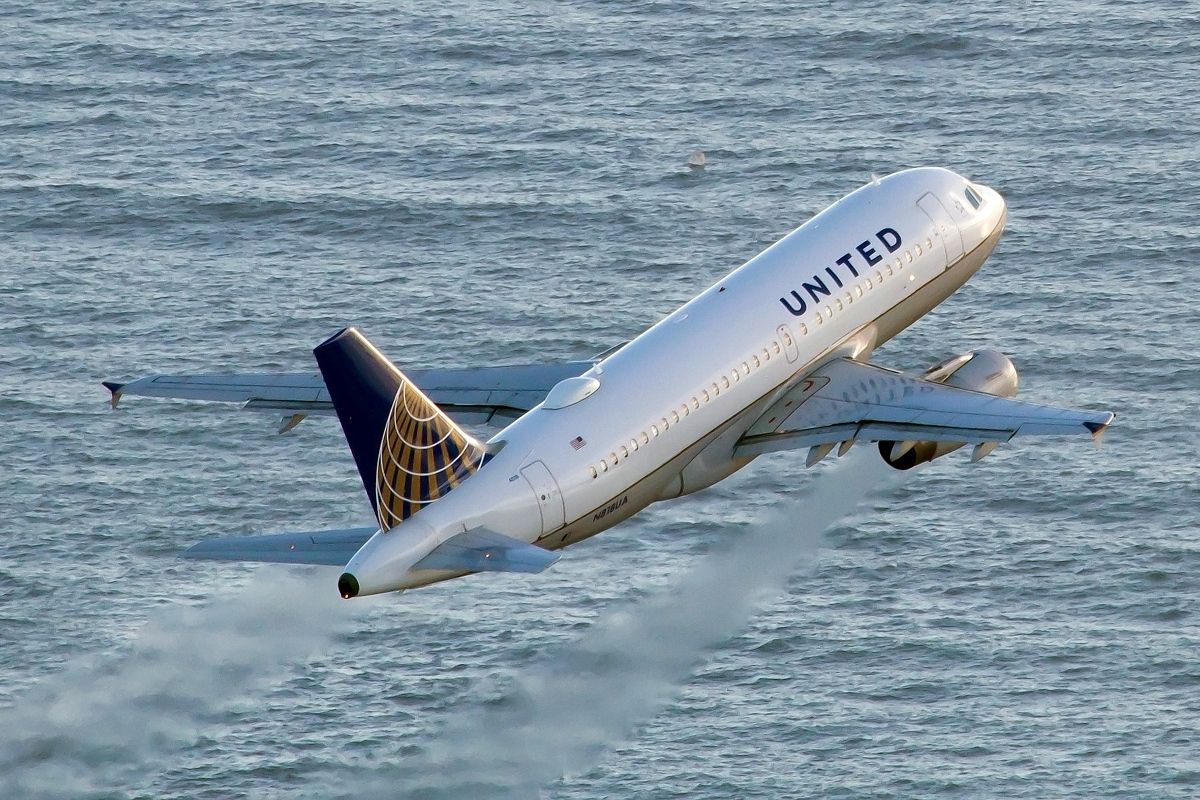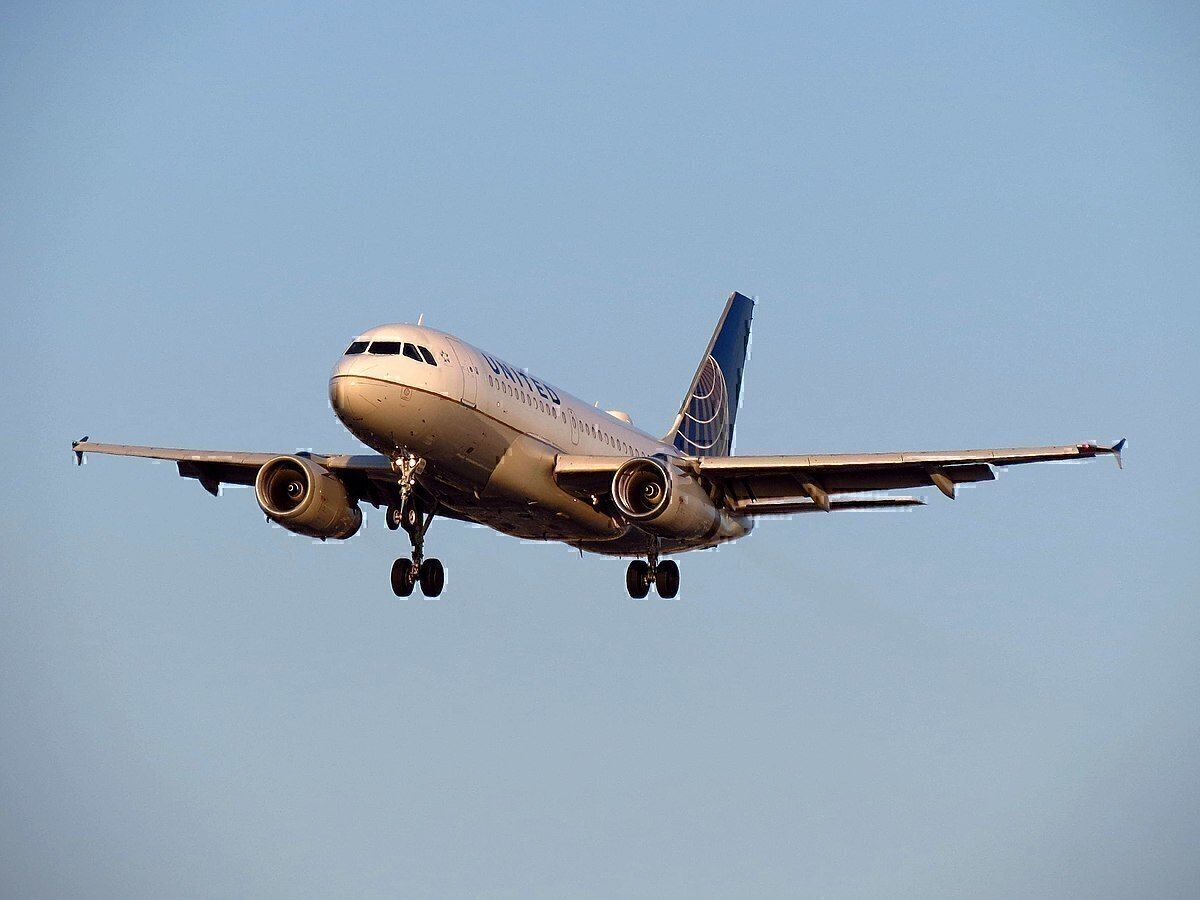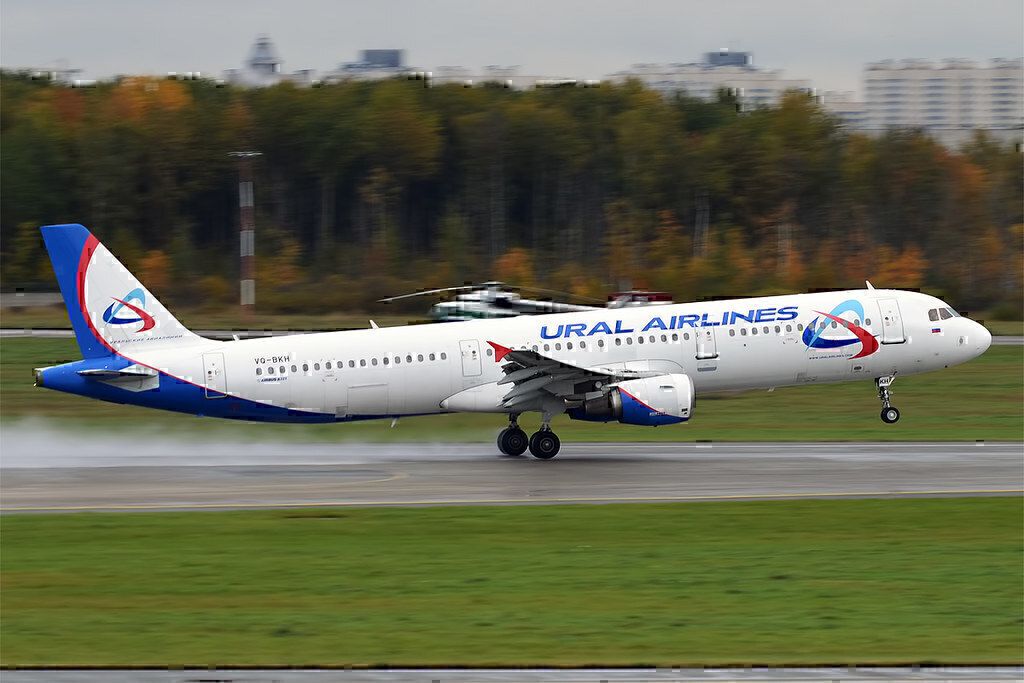A United Airlines aircraft was evacuated after preparing for take-off on Friday 8th November 2019. This was due to the plane reportedly hitting a bird while accelerating.
The details
According to The Aviation Herald, the crew aborted take-off on flight UA-1184 after striking a large bird. The aircraft was heading to Denver, Colorado from Vancouver, British Columbia. Registration N818UA, one of United Airlines' Airbus A319-100 aircraft had accelerated for take-off on Runway 08R in Vancouver. However, it soon hit a bird that was later thought to be a crane.
Subsequently, the aircraft braked safely and all 121 passengers disembarked onto taxiway D05. Thereafter, a staircase was brought to the side of the aircraft to allow passengers to safely leave. However, due to the nature of the incident, the crew requested emergency services to inspect brakes on the left-hand side of the airplane.
At the time of the incident, a spokesperson for United Airlines told CTV News:
"...we'll have our maintenance crews on the ground thoroughly inspect the aircraft, and depending on the severity of any sort of maintenance issue, we may likely take it out of service. When we do get a new aircraft, we'll work to get those customers to their destinations."
The brakes were then sprayed by emergency services and the aircraft was grounded. United Airlines did not reveal the extent of the damage, or how long the aircraft was out of action. However, The Aviation Herald reported the aircraft had been grounded for 23 hours after the incident. It then took off again today, according to Flight Aware.
Is it a bird? Is it a plane?
Unfortunately, due to the nature of sharing airspace with animals, bird strikes happen quite often. Thee incidents normally happen during takeoff or landing, and they can be quite dangerous, often causing aircraft damage.
Last month, a British Airways aircraft suffered burst tires after returning to the ground post-bird strike. This was after a Ural Airlines flight crashed into a cornfield after experiencing engine failure after a dual bird strike in August.
Bird strikes cost in the region of $610 million each year in aircraft damages. Issues normally arise from the forward-facing elements of an aircraft. Notably, aircraft nose damage will be less problematic than a bird strike on the wing or ingestion into the engine.
Bird strikes on the canopy can be problematic since cracks in this area can result in depressurization of the aircraft cabin. For that reason, they almost always result in an emergency landing.
But of course, emergency landings also carry their risks. They can further damage aircraft parts, including tire damage and strain on the brakes. Emergency landings also necessitate a safe place for the aircraft to touch down. Which may not always be possible. The United Airlines birdstrike could have been a lot worse and thankfully none of the 121 passengers nor five crew members were harmed.
Have you been on an aircraft involved in a birdstrike? Let us know in the comments!



